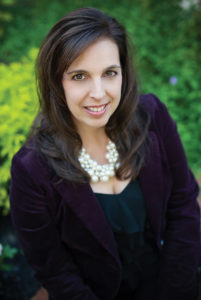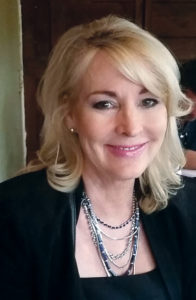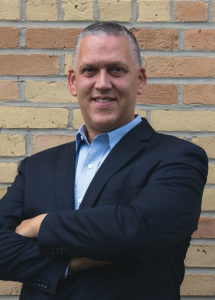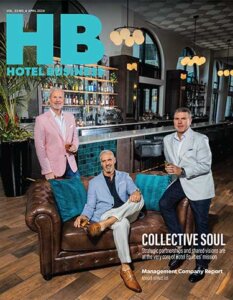Hospitality design fees have changed over the years—and experts are in disagreement over what these differences mean for the industry as a whole. Should architects and designers increase fees for additional work or decrease fees to compete more aggressively in a competitive market? Lisa A. Haude, president of Paradigm Design Group; Kay Lang, president and CEO at Kay Lang & Associates; and Todd Jelinski, EVP of architecture at LJA Architects & Engineers weigh in on the discussion to provide their expertise on the matter.
How have hospitality design fees changed over the years?
Haude: We’ve seen additional services and requests added to our scope of work, but the associated fees haven’t followed.
Lang: Because competition is fierce, fees have been reduced, and clients are demanding shorter deadlines with aggressive schedules.
Jelinski: With the increased drive from both the clientele and the brands for a higher-end product, the level of service increases, and that is where we’re seeing an increase in fee is justified and even, in some cases, expected from our clients. As our company does a lot of nationwide work, we have also found that the increased sophistication and scrutiny from both the local planning and zoning entities—and also the increased frequency of adoption of newer code cycles—drives both a higher level of design and also an increased level of code compliance and professional service. There is also more opportunity for specialization as the complexity of this market increases. Our clients are looking for the one-stop shop more than ever, and a firm that can diversify and provide as many services as possible is going to be very attractive.
How do social media platforms spark your firm’s creativity?
Haude: As designers, we have an eye for detail and how everything fits together. Social media has inspired us to really take in the surroundings and see how those social media moments can be captured.
Lang: We often use Pinterest and Instagram for visual inspirations for our design concepts. We find these two social media platforms have the best visual ideas for product inspiration, architectural and interior aesthetics, and profiling new styles.
Jelinski: It has increased exponentially our ability to have access to both inspirational materials and creative stimuli.
Which project types are the most profitable to your firm?
Haude: The most profitable types of projects are the unique ones where we have the ability to inspire others and where our surroundings served as the inspiration that, ultimately, created an outstanding outcome.
Lang: The ones where the scope of the project and budget is very defined and realistic, the programmatic elements are clearly outlined, and the approval process is streamlined.
Jelinski: It’s not so much the project type as the clientele who value our higher level of service and desire for a higher-end project.
How do clients influence the design of a project?
Haude: Clients influence projects by budgets—if it’s really tight, we are forced to become more creative about how to achieve the desired look/outcome with limited funds and shorter timelines.
Lang: It varies from client to client and depending on the project’s demands. Some clients provide programmatic brand requirements while others come prepared with personal aesthetic sensibilities.
Jelinski: Primarily, it’s a client’s personal experience, especially if they are deeply ingrained in the industry and also well-traveled. It’s a desire or demand for that creative edge over the competition in a given market. Of course, budget plays a key role as well.
How do you incorporate the often-talked-about millennial mindset into your firm’s work?
Haude: Millennials want places to hang out and be inspired, and share all of that inspiration on social media. As a result, we’ve seen an increased emphasis on designing impactful and welcoming public spaces.
Lang: Millennials seek job environments where they are trusted by their supervisors and given the creative freedom and flexibility to make decisions and find their own path to success. While we recognize that millennials may crave creative freedom, they need constant feedback and assurance. Being evaluated on, as well as held accountable for, execution is critical for their development. As managers, we find ways to assure millennials that they are still a trusted and valued member of the team—then point them in the right direction with constructive feedback.
Jelinski: We approach every project as a unique project. We do a lot of focused-service projects that begin with a prototype, but each project is unique to itself and its location. For us, that’s really the essence of the millennial mindset. It’s that unique, one-of-kind experience, regardless of whether you’re traveling for work or fun, that you want.
What do you think will be some of the top design trends in 2017?
Haude: Bigger emphasis on creating warm and welcoming public spaces and maximizing space with smart design choices.
Lang: We are seeing more technology integrated into furniture and millwork. LED lighting products are still on the forefront of energy conservation without sacrificing creative design. Rugs/carpet tend to have more holistic color tones and organic patterns.
Jelinski: We are seeing a push for higher-end finished material both interior and exterior. Focus has returned to the basics with newer hotels (lobby, creating inviting spaces for guests to hang out) and to community gathering spaces. Examples include soft seating, soft surfaces and fireplaces. There will also be a focus on brand marketing efforts to millennials: They are not looked at as an exact age group but rather a state of mind and way of living. They want constant connectivity but they also want genuine relationships and sincere connections. They want a unique experience when they stay at a given location




